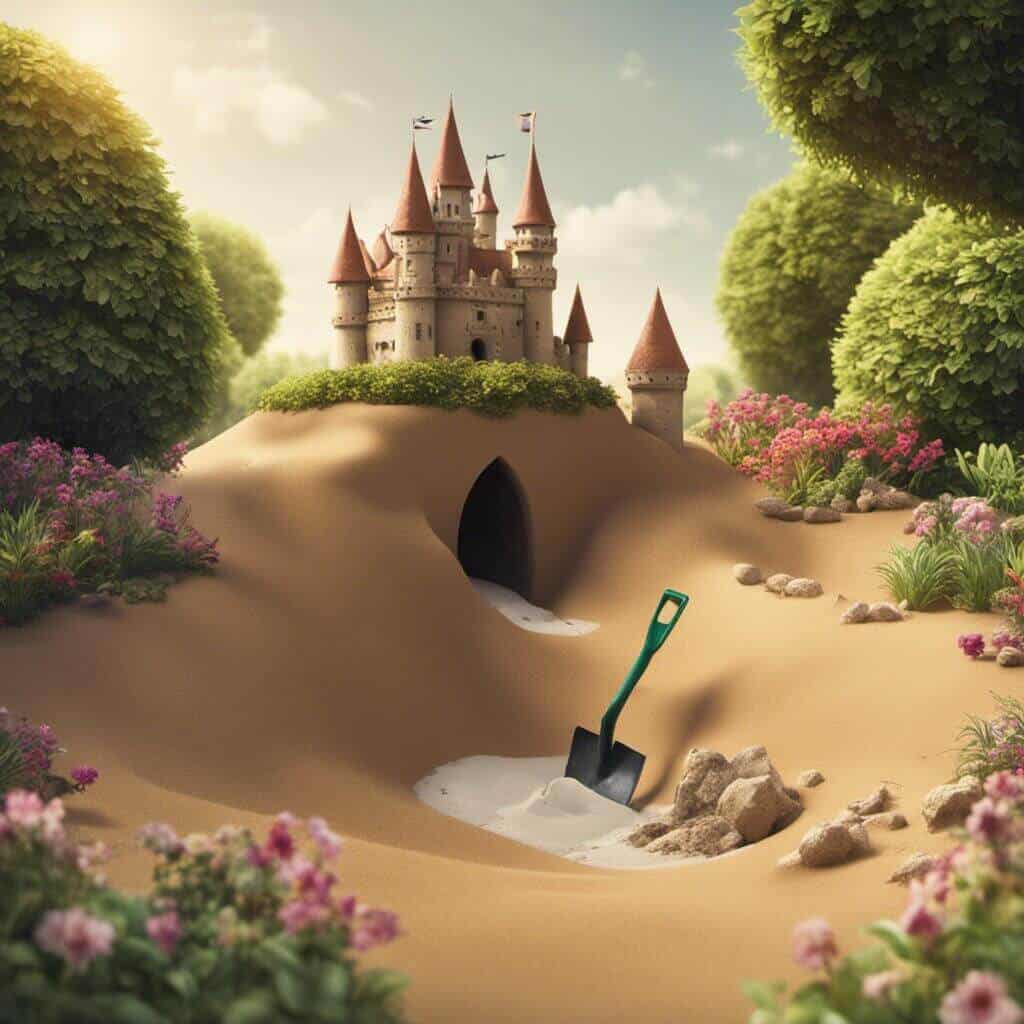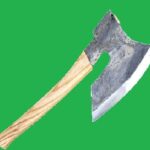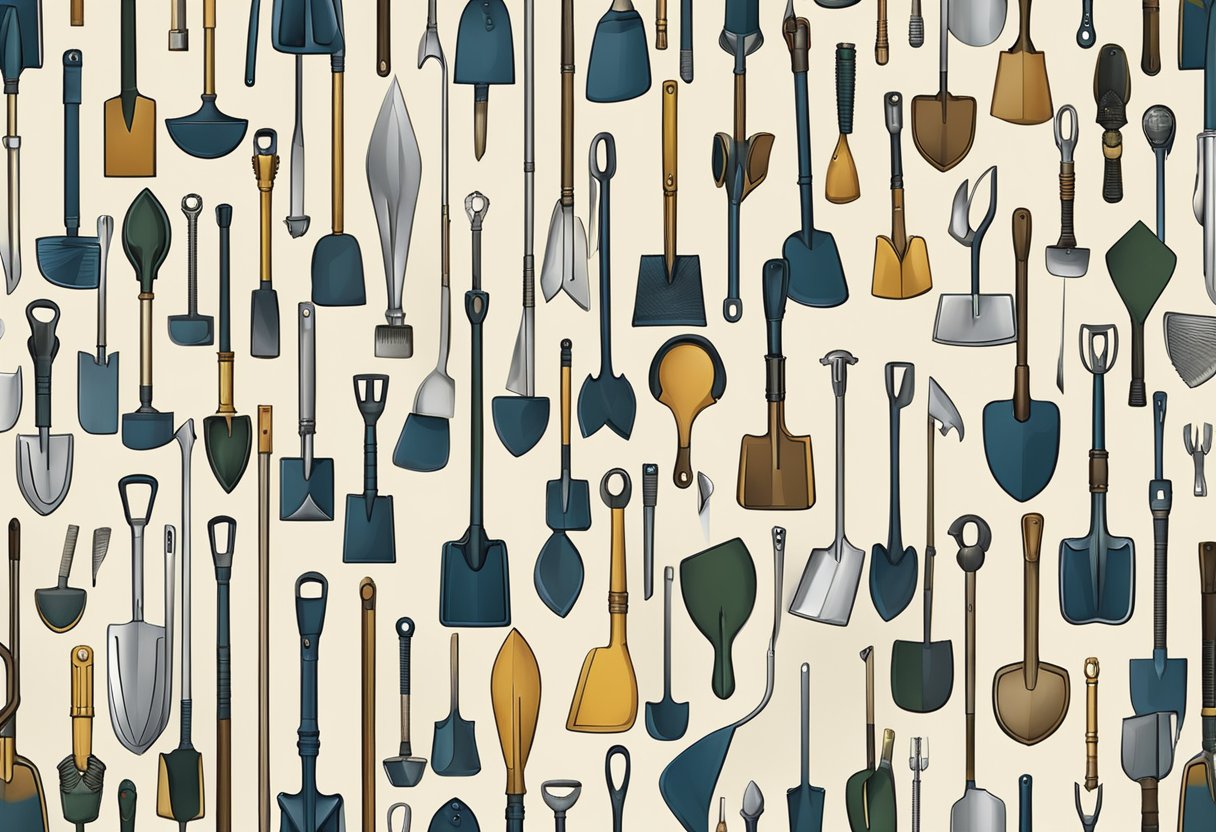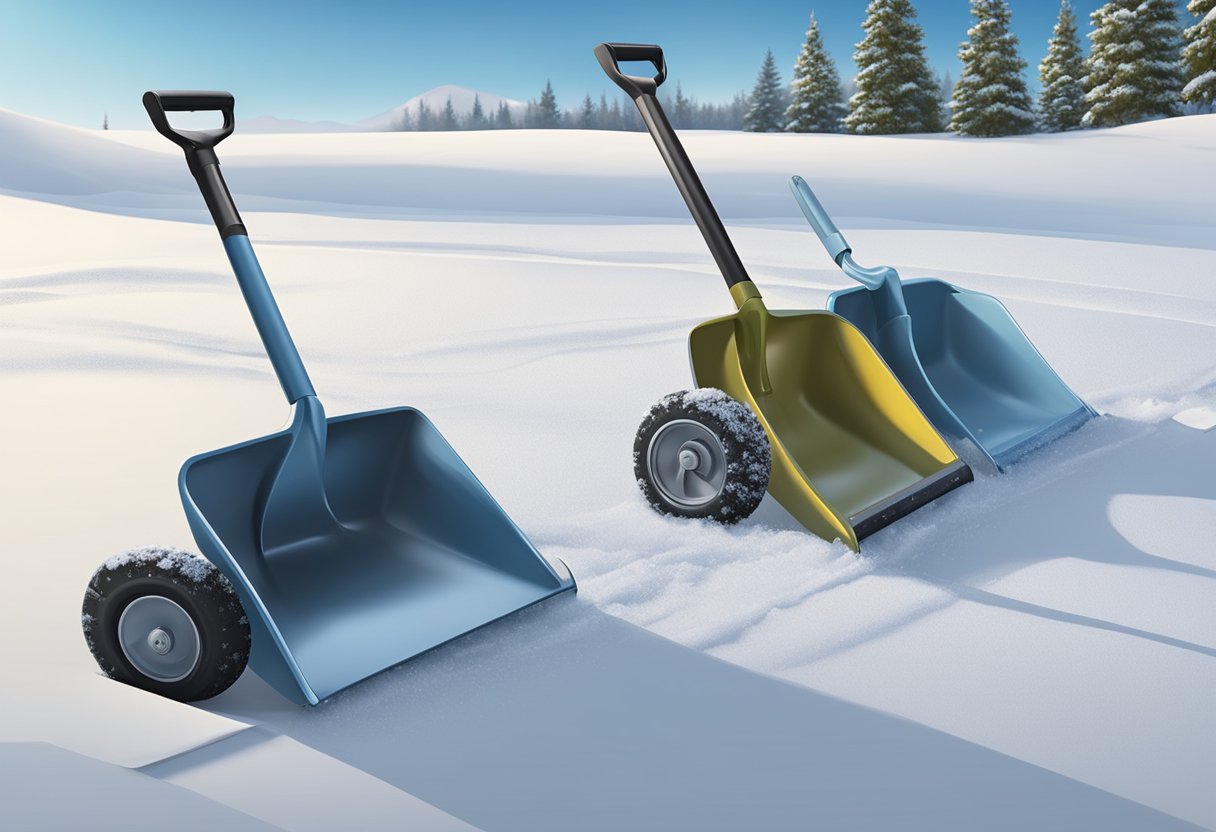Shovels are one of the most common and widely used tools worldwide. They come in many different shapes and sizes for various tasks, from digging holes to moving snow. Despite their ubiquity, shovels are often taken for granted and overlooked. However, there are many shovel paradoxical truths that are worth exploring.
Table of Contents
Shovel Paradoxical Truths
Paradoxes are statements or situations that appear contradictory or absurd but can be true. They are often used to challenge our understanding of logic and truth.
When we think of shovels, we often consider them simple tools for moving material such as dirt, gravel, or snow. However, shovels are much more complex than we may initially realize. By exploring the paradoxical truths about shovels, we can better understand these tools and their impact on our daily lives.
1. One paradoxical truth about shovels is that they are simultaneously powerful and delicate. On the one hand, shovels scoop and lift heavy materials, demonstrating their power. On the other hand, shovels can be easily damaged or broken if not used properly, revealing their delicate nature.
2. The shape of a shovel can benefit and hinder. The pointed blade of a shovel helps dig into soil or snow but can be less effective when moving material in a curved or square pattern. Additionally, the length and grip of the handle can impact the user’s lifting power and productivity.
3. Shovels can be both a tool for creation and destruction. While shovels are often used in gardening, landscaping, and building to create new structures and designs, they can also be used to dig trenches or remove unwanted material, resulting in destruction.
4. Shovels can be both a symbol of trust and a source of vulnerability. When working with others, we may trust them to use a shovel properly and safely. However, our trust can be broken if someone misuses a shovel and causes harm or damage. Additionally, when using a shovel, we must choose how to lift and move material, which can lead to failure or improvement.
5. Shovels are tools that are both simple and complex. Shovels can dig holes, move dirt and debris, or spread fertilizer. Despite their seemingly straightforward design, shovels can be complex in construction, with different materials and features that affect their performance. For example, some shovels have curved blades that make it easier to scoop up soil, while others have reinforced handles that can withstand heavy use.
6. Shovels can be used for individual work or collaborative efforts. Individually, you can utilize a shovel for gardening or digging a small hole, but it can also be used in collaborative efforts, such as construction projects or digging a large trench.
7. Shovels can be used for both constructive and destructive purposes.
Shovels can be used for cleaning up messes, such as shovelling snow off a driveway, but a shovel can also be used for making new messes, such as digging a hole in a lawn.
8. A shovel can be both a symbol of human resilience and a tool of exploitation. Shovels can be seen as a symbol of hard work and determination, but they can also be used as a tool of oppression, such as in forced labour camps.
9. Shovels can be used for both large-scale and small-scale tasks. They can be used to move earth, such as in building construction, but they can also be used to move snow, such as in snow removal.
10. The use of a shovel can create or obstruct movement. Shovels can be used to create a path, such as in landscaping, but they can also block a passage, such as barricading a door.
11. Shovels can be used for both deep and superficial tasks. Shovels can dig deep, such as in mining, but can also be used to skim the surface, such as in smoothing a garden bed.
12. A shovel can nurture and destroy plant life. Shovels can plant seeds, such as gardening, but can also be used to uproot plants, such as in land clearing for development.
13. Shovels are constructive and destructive. You can use a shovel to create a foundation, such as in building construction, or you can also utilize a shovel to tear one down, such as in demolition.
14. Shovels are practical and creative. Shovels can be practically used in construction or gardening and for artistic expression, such as in creating sand sculptures.
15. Shovels are both heavy and light. The weight of a shovel varies depending on the material it is made of, its size, and the task it is being used for. A shovel can be heavy for digging through hard soil or rocks, but it can also be light when shovelling snow or sand.
16. Shovels can both be seen as primitive and modern tools. Shovels have been used for centuries and are considered primitive tools, yet they are still used in contemporary construction and landscaping projects.
17. Shovels can both be used for life-saving rescue and deadly violence. A shovel can be used in search and rescue missions to dig through rubble and debris to find survivors, but they can also be used as weapons in violent attacks. The same tool that can save lives can also be used to take one.
18. Shovels can both help and hinder progress. Shovels can clear land for development and construction projects, which can be seen as progress; however, they destroy natural habitats and ecosystems, hindering progress. The same tool is used to build destroys at the same time.
If you enjoyed these paradoxical truths your will find our guide 30 Interesting Facts About Shovels You May Not Know or 21 Fascinating Facts About Snow of interested.
Final Thoughts
Despite the paradoxical nature of shovels, they remain a trusted tool for many. We rely on shovels to get the job done and trust that they will not fail us. We use them to lift ourselves and to move forward. They are a tool that we use to move materials and symbolize trust, productivity, and improvement. Whether gardening, landscaping, building, or mining, we rely on shovels to get the job done.
Frequently Asked Questions
What is the origin of the term ‘paradox’?
The word ‘paradox’ originates from the Greek ‘para’ and ‘doxa,’ meaning ‘against’ and ‘opinion’ respectively. It refers to a statement or situation that seems self-contradictory or absurd but is, in fact, true.
How are paradoxes used in literature?
Literature often uses paradoxes to create tension, irony, and ambiguity. They can also challenge the reader’s assumptions and beliefs and explore complex philosophical and psychological themes.
How can paradoxical reasoning be used in problem-solving?
Paradoxical reasoning can help solve problems by challenging assumptions, generating new ideas, and finding creative solutions. Embracing paradoxes expands our thinking and overcomes mental blocks that prevent us from seeing new possibilities.






